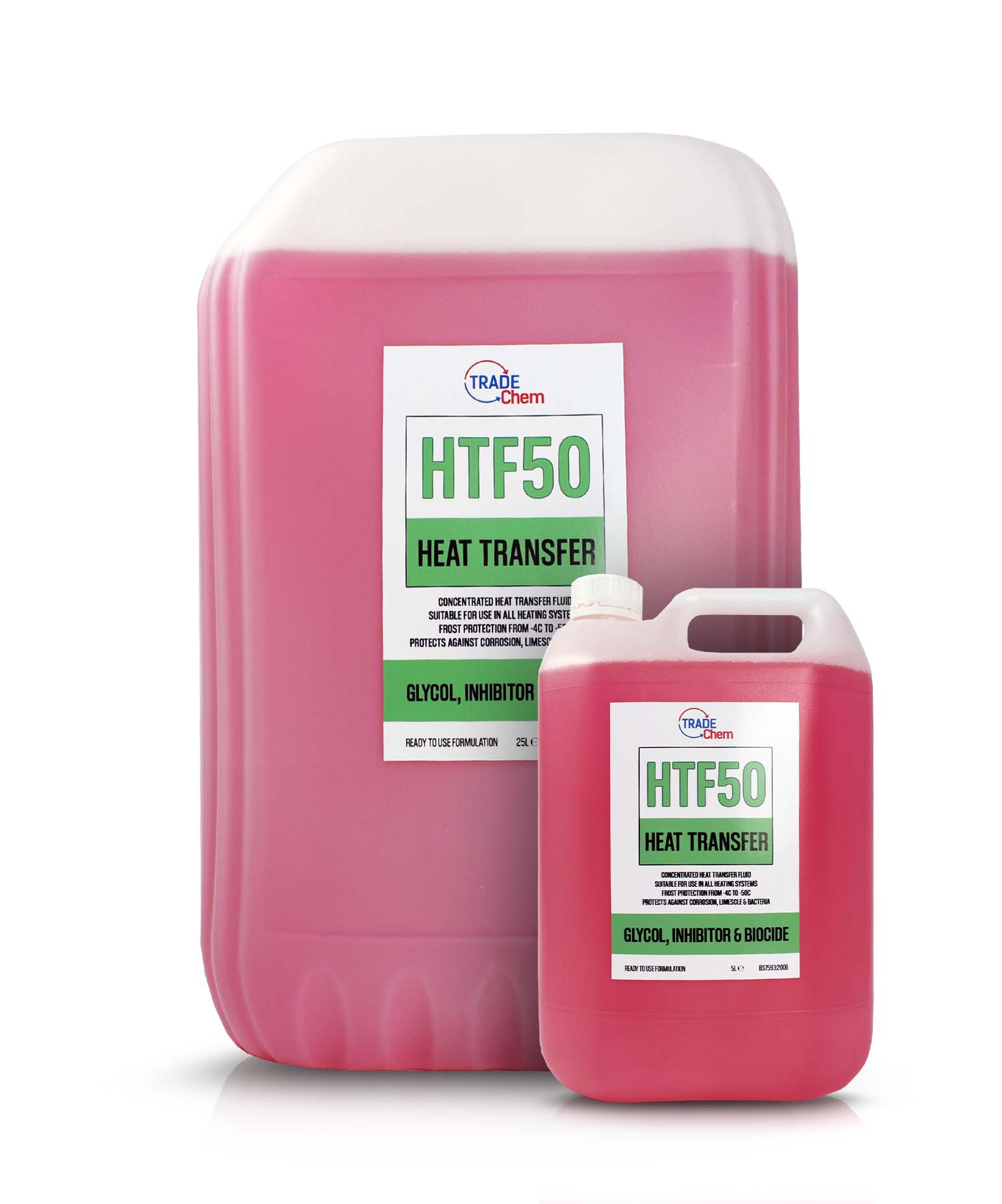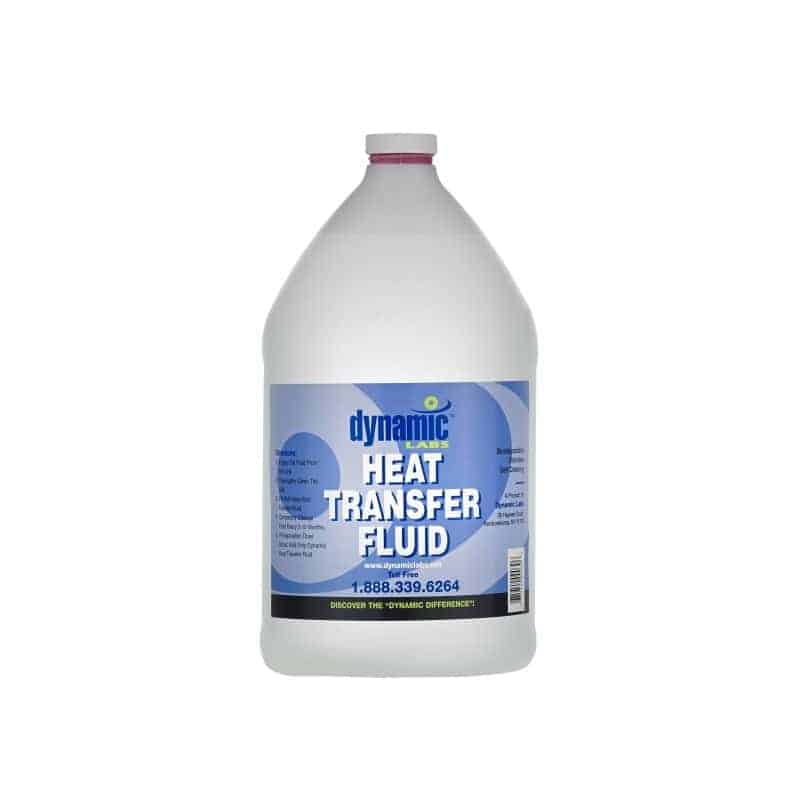Understanding the Role of Heat Transfer Fluid in Efficient Power Solutions
The Role of Warm Transfer Fluid in Enhancing System Performance and Safety
In the ever-evolving landscape of commercial procedures, warmth transfer liquids (HTFs) arise as pivotal parts in maximizing both system performance and security. These specialized liquids, recognized for their exceptional thermal conductivity and regulated viscosity, enable effective heat exchange, which is vital for streamlined procedures.
Understanding Warm Transfer Fluids
Warm transfer liquids, typically thought about the lifeline of thermal management systems, play a critical role in managing temperature level across various commercial applications - heat transfer fluid. Industries such as chemical handling, power generation, and production depend on heat transfer fluids to ensure devices operates effectively and securely.
The selection of a suitable warm transfer fluid is critical to the success of a thermal management system. Comprehending the nature and feature of these fluids involves recognizing their capacity to soak up, transport, and launch heat effectively. Warmth transfer liquids can be generally categorized right into various kinds, consisting of water-based, glycol-based, and synthetic oils, each with its particular applications and advantages. The option of liquid relies on elements such as temperature level variety, thermal stability, and compatibility with system products. In summary, a thorough understanding of warmth transfer fluids is important for optimizing system efficiency, making certain operational security, and attaining affordable thermal administration services.
Trick Feature of HTFs

The details heat ability of an HTF delineates the amount of heat power required to transform its temperature, affecting how effectively the system can react to temperature variations. The boiling and freezing points of HTFs also play a pivotal duty, specifically in systems exposed to severe temperatures, guaranteeing fluid stability and preventing phase adjustments during procedure.
Enhancing System Efficiency
To improve system performance with warmth transfer fluids (HTFs), it is vital to integrate an extensive technique that thinks about both liquid homes and system layout. The option of a proper HTF is critical, as its thermal conductivity, viscosity, and particular heat capability straight affect the performance of heat exchange. High thermal conductivity makes certain fast warm transfer, while ideal viscosity assists in smooth flow through the system, lessening energy intake. Furthermore, a high details heat ability permits the liquid to shop and transfer more thermal energy, boosting overall system efficiency.
Similarly important is the style of the warm transfer system itself. Engineers need to guarantee her explanation that elements such as heat exchangers, pumps, and piping are designed to match the residential or commercial properties of the picked HTF. For example, the area and product of heat exchangers must be optimized to make the most of warm transfer efficiency. Additionally, the integration of sophisticated modern technologies, such as variable rate pumps and smart surveillance systems, can considerably boost the responsiveness and adaptability of the system to transforming operational conditions.
Boosting Operational Security
Making certain operational safety and security in heat transfer systems calls for a precise focus on both the residential properties of warm transfer fluids (HTFs) and the design and upkeep of the whole system. HTFs need to have thermal stability, low flammability, and proper viscosity to reduce threats such as leakages, fires, and system malfunctions. Choosing the appropriate HTF is critical as it identifies the system's ability to manage temperature level variations without jeopardizing security.
The style of the system should include redundancies and fail-safes to take care of potential threats website here effectively. This includes the combination of security shutoffs, pressure relief gadgets, and temperature tracking systems to spot and address anomalies promptly. Normal maintenance is crucial to guarantee that all elements, consisting of pumps, pipes, and seals, are working properly and are free from wear or deterioration, which can bring about unsafe leaks or failings.
Additionally, personnel in charge of the procedure and upkeep of warmth transfer systems need to be effectively trained in safety and security procedures and emergency situation response procedures. Consistent training programs and safety drills can significantly decrease the probability of accidents, making sure a much safer working atmosphere. Ultimately, a detailed method to safety-- including liquid option, system style, and workforce training-- is essential for ideal operational safety.
Market Applications of HTFs
Widely made use of across numerous sectors, warmth transfer liquids (HTFs) play an essential function in enhancing the efficiency and reliability of thermal monitoring systems. In the chemical industry, HTFs are essential for keeping specific temperatures during reactions, making sure item uniformity and top quality. They promote heat exchange procedures in reactors, condensers, and warmth exchangers, thus maximizing energy usage and minimizing waste.
In the oil and gas market, HTFs are used in both upstream and downstream operations. They manage temperature in drilling operations and enhance effectiveness in refining procedures by giving secure thermal problems. This results in decreased downtime and boosted safety, specifically in crucial procedures such as distillation and fracturing.
The sustainable power market also profits dramatically from HTFs, specifically in concentrated solar energy (CSP) plants. Right here, HTFs move best site recorded solar power to power turbines, enabling reliable electrical energy generation. The pharmaceutical industry depends on HTFs for accurate temperature control in both synthesis and storage, making sure product efficiency and security.


Furthermore, the food and drink field utilizes HTFs for pasteurization, sanitation, and cooking processes, improving both product safety and production effectiveness. Across these markets, HTFs serve as indispensable elements in maintaining optimum operational performance and safety and security.
Final Thought
Heat transfer liquids are necessary in boosting industrial system efficiency and security by offering high thermal conductivity, ideal thickness, and thermal security. Proper option and upkeep of HTFs improve warm exchange effectiveness, thereby increasing functional performance.